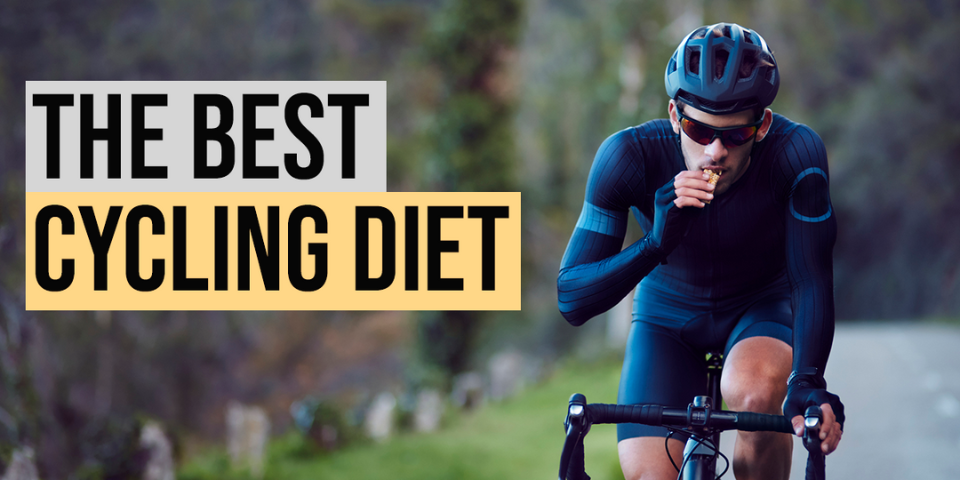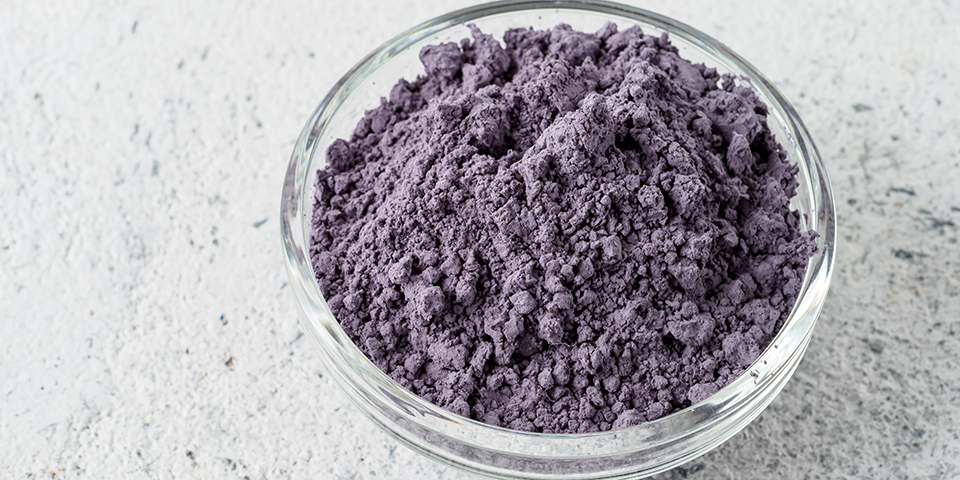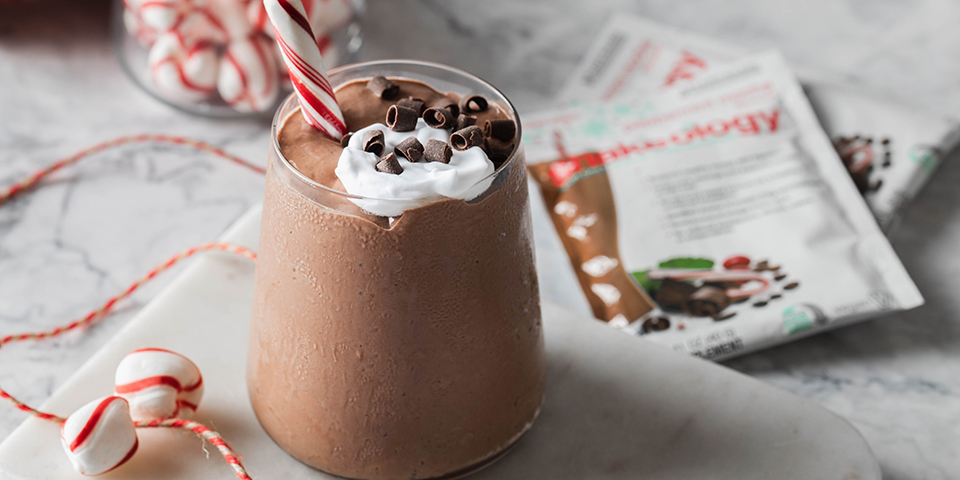Whether you opt for the open road or a stationary bike, it’s easy to fall in love with cycling. The sport offers a myriad of benefits — from improved endurance to mood-boosting endorphins — that are only amplified by a healthy cycling diet.
Nutrition for cycling isn’t unlike most other healthy, balanced diets. It’s based on nutrient-rich whole foods that provide your body with energy.
But there are some nuances to a cycling diet — both before and after a ride — that concern meal timing, portion sizes, and types of foods. We asked a few experts to weigh in with their thoughts and recommendations.
How Should Cyclists Fuel for a Ride?
Nutrition for cycling is as much about when you eat as what you eat. How long you’re in the saddle is also important.
Hopping on the bike for an hour? No need to worry about pre-workout fueling. But, if you plan to pedal for longer, food needs to be part of your strategy, says Stacey Krawczyk, M.S., R.D., president of FoodWell Strategies.
“If your exercise is going to be longer than 60 minutes, you should eat a small meal a few hours beforehand,” she says.
If you don’t have long before your ride, opt for a small snack. Ingesting too much food too close to your workout could leave you feeling sluggish or queasy.
Krawczyk explains that carbohydrates play a “crucial” role in a cycling diet.
“Active individuals (who exercise at this extreme level) should eat 50 to 65 percent of their total daily calorie intake as carbohydrates,” she says, so look to healthy, easy-to-digest carbs for pre-ride snacks and meals.
Some pre-workout ideas include:
- Oatmeal and fruit
- Cereal with milk
- Bananas
- Sweet potatoes
- Bagels
What you drink is also a critical component of a healthy cycling diet. “Always remember to consider hydration and electrolyte status!” says Lauren Sambataro, FDN-P, CHEK, IFHC.
“If you’re exercising for a prolonged period of time, or you tend to sweat a lot, pre-loading with an electrolyte source including sodium and potassium can be extremely helpful for preventing cramps and fatigue,” she explains.
Can You Lose Weight by Cycling?
Like any form of regular physical activity, riding a bike may help you nudge the numbers on the scale.
“As a general rule of thumb, creating an energy deficit (more calories out than in) could potentially encourage weight loss,” says Sambataro.
And because cycling is low-impact and can typically be tolerated for an extended period of time, Sambataro explains, it’s a great option for individuals interested in losing weight.
One study published in the International Journal of Obesity found that previously inactive, overweight adults who began biking to and from work lost just as much weight as participants who performed daily “leisure time” exercise.
However, Sambataro cautions that weight loss is a complicated equation, and exercise is just one variable.
In addition to your workouts and diet, factors like genetics, hormones, sleep, and stress also play an important role in weight management.
What Should Cyclists Eat to Lose Weight?
A healthy cycling diet isn’t about excessive restriction, says Garret Seacat, C.S.C.S., head coach of Absolute Endurance.
“Trying to cut back [on calories] while exercising can lead to decreased performance during your training, and you can even see worse results as you begin to deny your body the proper fuel it needs over time,” he says.
However, many cyclists run into the opposite problem.
“Athletes make the mistake of finishing a large ride (4 to 6+ hours), burning up to 4,000 calories, then gorging themselves at a restaurant afterward and replacing all the calories (and then some) by accident,” he says.
Even if you’re not spending half of your day on a bike, the same principle applies: If you eat more calories than you burn, you’ll likely gain weight, not lose it.
“If your goal is weight loss and you are putting in big mileage, on those days, you should have a protein shake ready to go afterward,” recommends Seacat.
A protein shake will not only take the edge off your hunger and prevent you from overeating, it will also aid muscle repair and overall recovery.
Nutrition for cycling should be made up of as many real, whole foods as possible, including:
- Whole grains: brown or wild rice, quinoa, barley, oats, amaranth, corn, farro
- Fruits: bananas, berries, pears, oranges, dates, apples, peaches
- Beans/legumes: chickpeas, white/black/kidney/pinto beans, lentils, soybeans, split peas
- Lean meats: skinless chicken breast, white fish, pork loin, lean beef, tuna
- Vegetables: leafy greens, beets, broccoli, cauliflower, sweet potato, carrots
- Healthy fats: avocado, olive oil, nuts, seeds, Greek yogurt, whole eggs, dark chocolate
What Is the Best Food to Eat After Cycling?
“Eating after a ride is important because it replaces your muscles’ glycogen (sugar) stores,” says Krawczyk.
Seacat recommends refueling with a protein shake or a snack that provides protein for muscle protein synthesis and carbohydrates to replenish those glycogen stores.
Some examples of post-cycling snacks include:
- Banana with nut butter
- Eggs and avocado on toast
- Tuna salad sandwich
- Pita and hummus
- Greek yogurt with berries
While the consensus among most fitness professionals is that you should consume a meal or snack within 30 minutes of exercise, a small study indicates that the window for replenishing glycogen stores is much larger.
So, eat when you’re hungry. Just be sure to make healthy choices.






